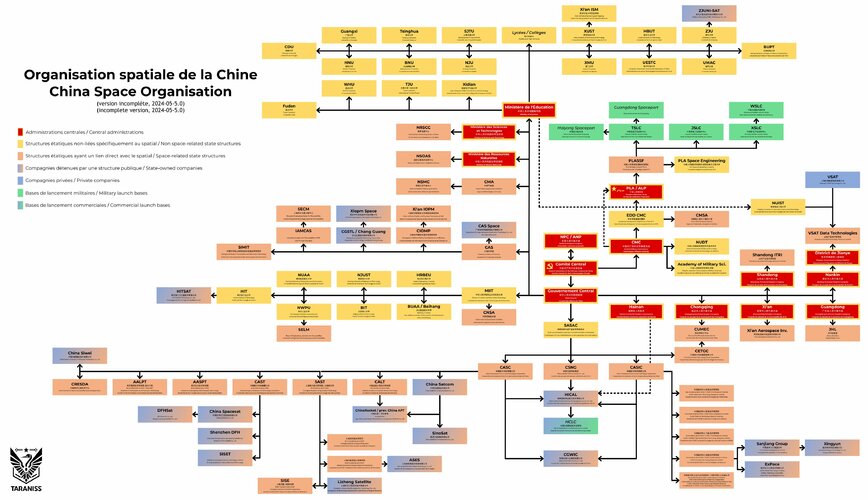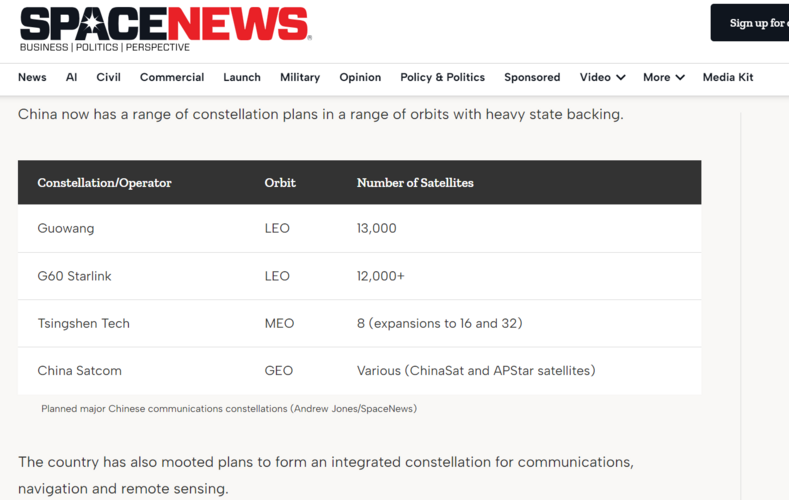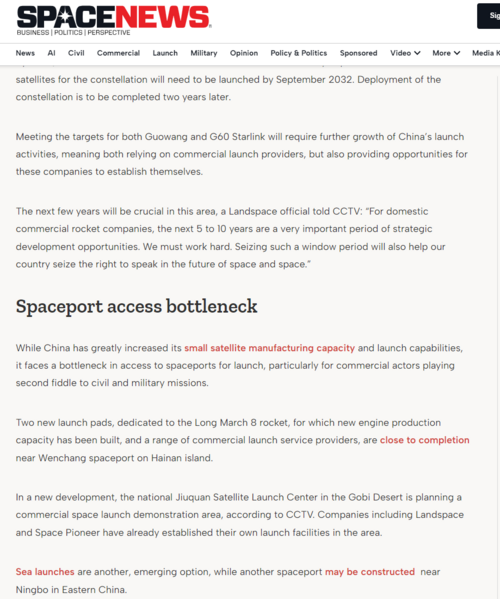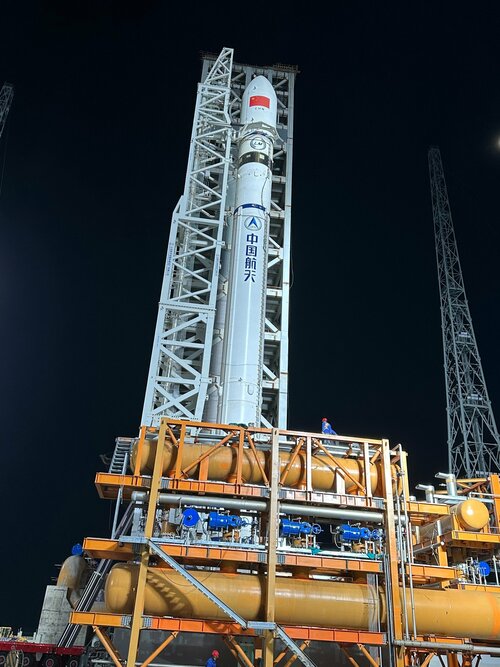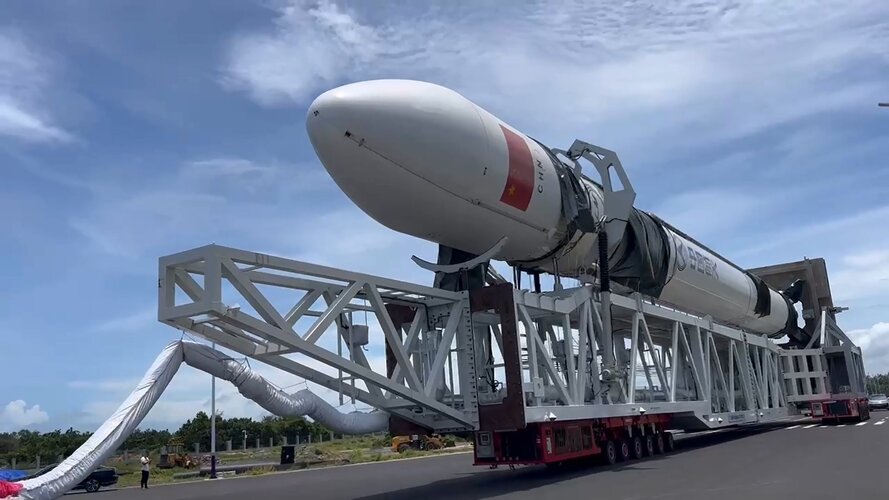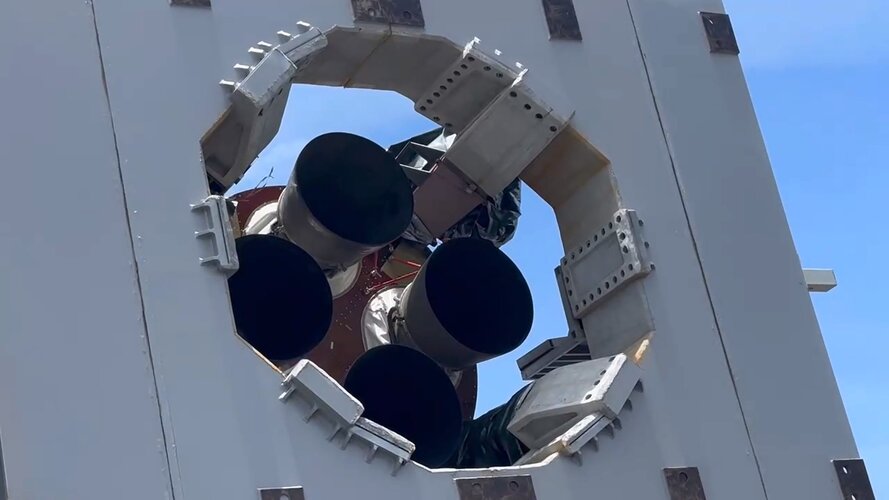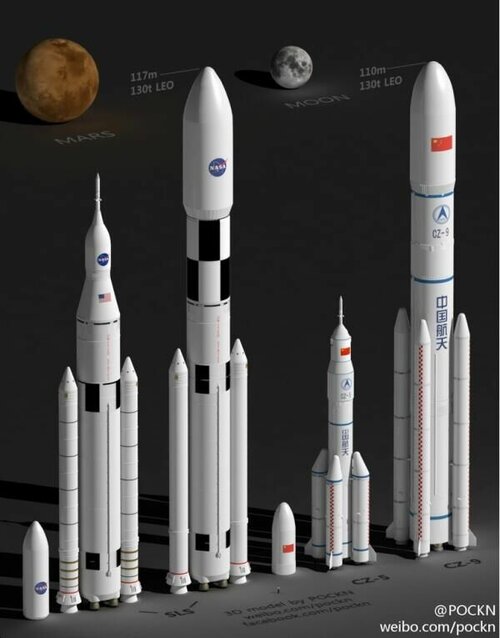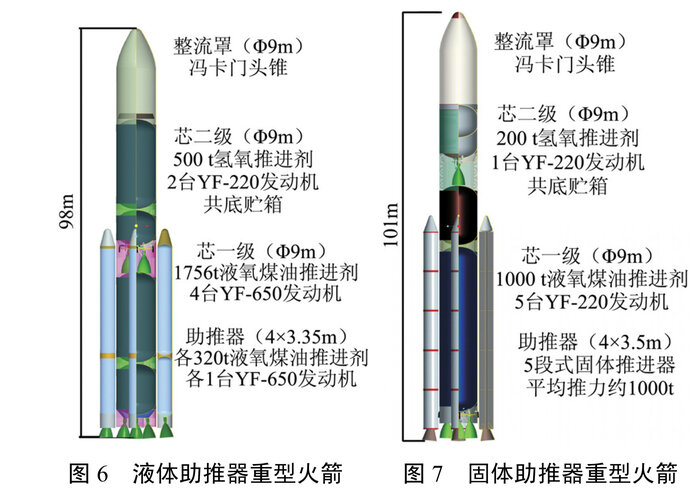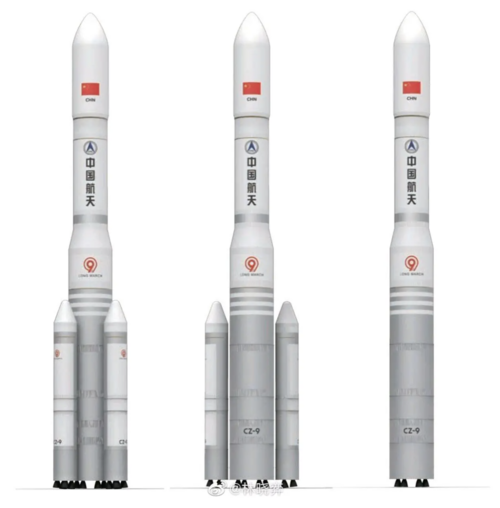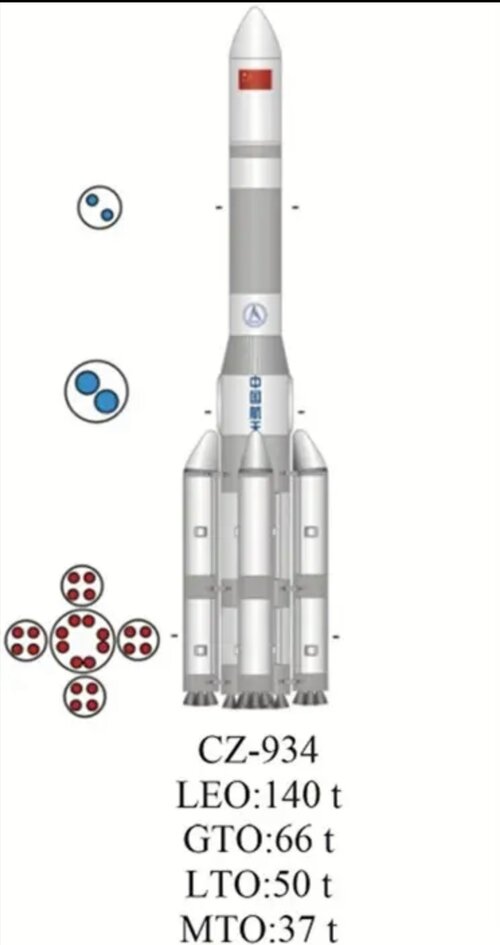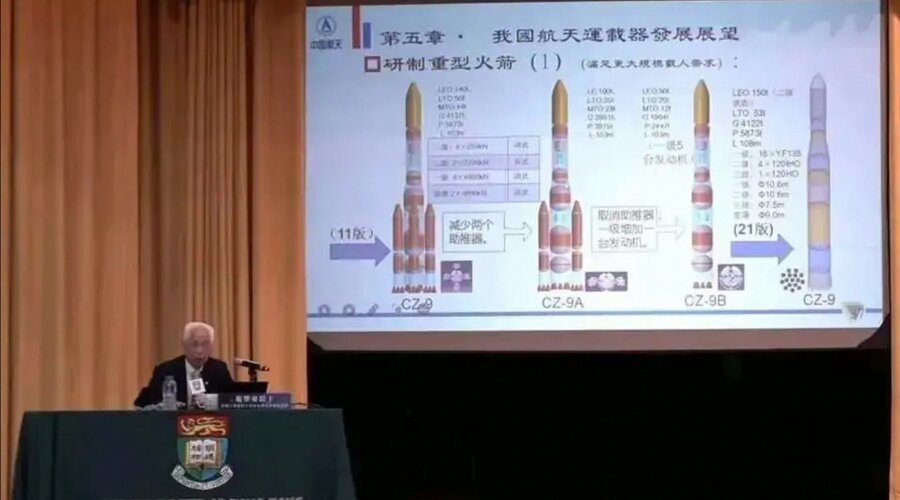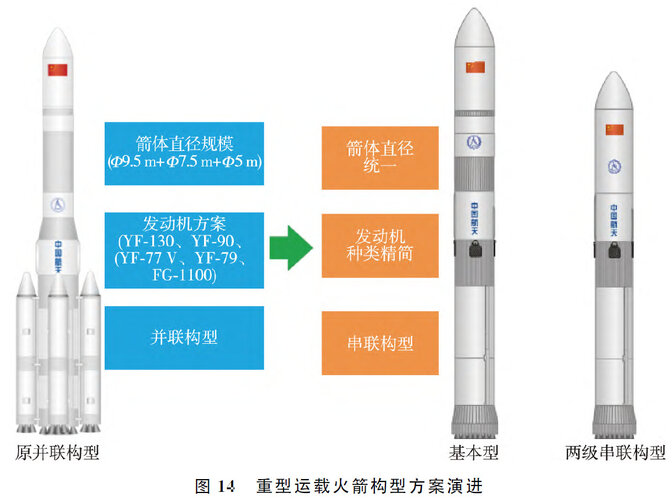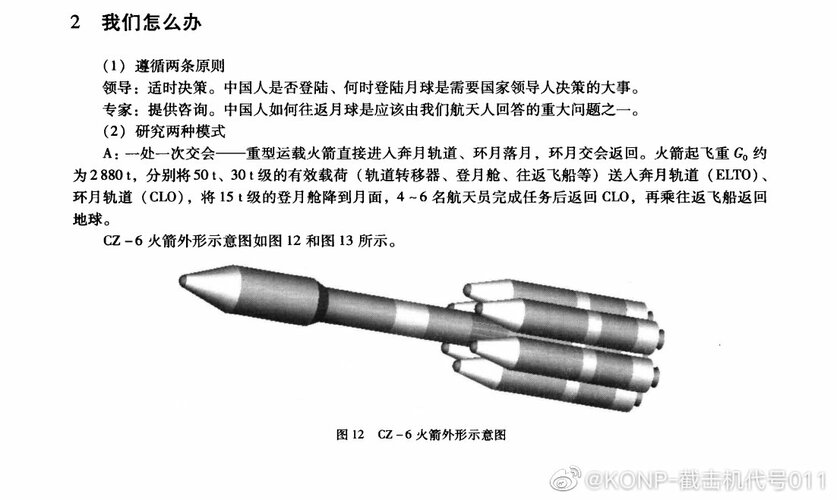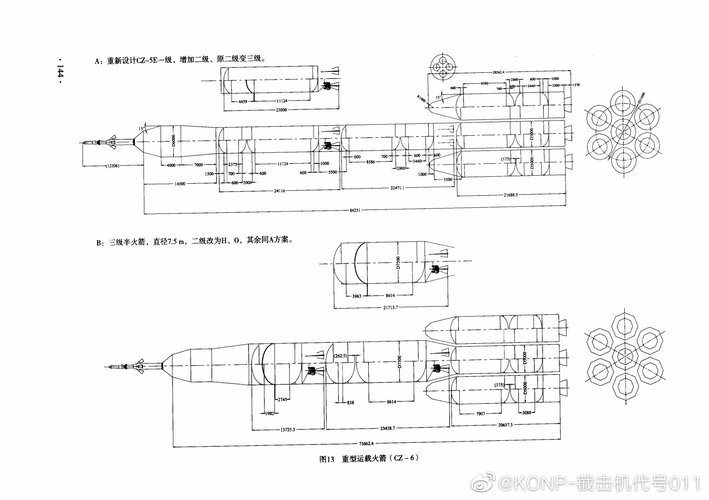TheKutKu
ACCESS: Secret
- Joined
- 13 February 2023
- Messages
- 464
- Reaction score
- 1,387
It seems this failure will be tolerated, or at least that there won't be some intense government backlash against it, this is what an article published by main state-media Xinhua says, some excerpt:
"However, the path to the peak of scientific and technological innovation is never smooth; setbacks and failures are inevitable and should be seen as opportunities to learn and correct mistakes."
"Although this test failed, fortunately, there were no casualties, and only some property damage occurred."
"From another perspective, although this incident has sparked much discussion, occasional setbacks are hard to avoid in scientific research and industrial exploration. Some criticisms on the internet may be overly harsh. If we abandon innovation due to fear of failure, many innovations might lose their breeding ground. On the contrary, believing in professional strength and creating a moderately tolerant environment might further stimulate innovative vitality."
"It is believed that, taking this incident as a warning, commercial space-related companies will be more rigorous in safety control. In the exploration of the scientific world, failures should not become "roadblocks." With enough tolerance and support, these failures could turn into "stepping stones" for moving forward together. With eyes set on the stars and the sea, nothing can stop the steps of progress."
Last edited:

